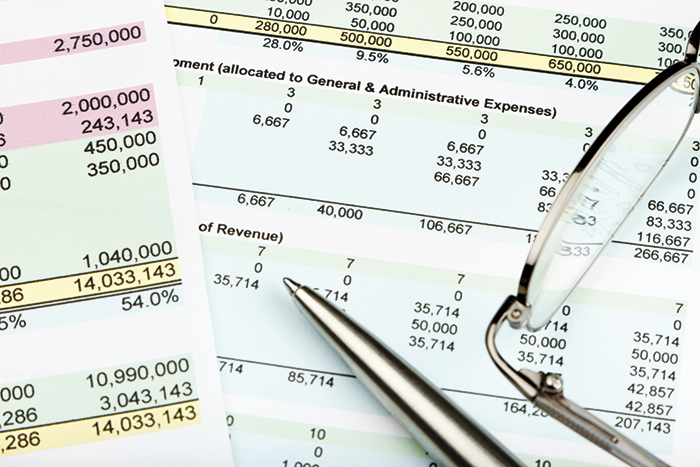
Photo: iStock
At the time of writing this article, CIPFA and the Local Authority (Scotland) Accounts Advisory Committee (LASAAC) had just met to consider accounting developments for 2018-19 for local authorities. The board plays a key role in maintaining and improving reporting standards for councils. The discussions were wide ranging, including financial instruments, revenue recognition and leases. What is perhaps less clear to the outsider is how CIPFA/LASAAC makes its decisions.
CIPFA/LASAAC is the body that sets the Code of Practice on Local Authority Accounting in the United Kingdom. The code specifies the principles and practices of accounting required to prepare a statement of accounts that gives a true and fair view of the financial position and transactions of a local authority. It is designated “proper practice” for local authorities.
Effective financial reporting in local authorities is a key element of accountability. It seeks to measure the economic consumption of resources used in the provision of services. While items such as pensions liabilities and depreciation may not hit an authority’s bottom line, understanding the extent of these unfunded liabilities is critical to reaching a conclusion on intergenerational equity and exposing the burden being built up for future generations.
The development of the code follows a four stage process.
First, in spring a year before the next code is due come into effect, the CIPFA/LASAAC local authority code board considers items for inclusion.
Following this, the board prepares a draft invitation to comment and a draft code, which are formally considered and commented on by the financial reporting advisory board (FRAB). The CIPFA/LASAAC board then finalises the draft code.
Next, formal consultation on the draft code takes place over the summer. At the end of the consultation period, CIPFA/LASAAC considers the responses received, along with comments from CIPFA’s Standards and Financial Reporting Board, LASAAC and FRAB, and finalises the code for publication.
Lastly, the final code is published before the start of the financial year to which it relates.
What is perhaps not always evident is the level of discussion that takes place within CIPFA/LASAAC and the fact that every response received to the consultation is given due consideration by the board. The board is keen that, when it develops the code, it considers the needs of users, improvements in financial reporting and the cost and benefits of introducing changes.
There was much debate at the latest board meeting about how CIPFA/LASAAC can improve its engagement with accounts preparers, auditors and users to ensure that it receives as wide a range of views as possible to inform its debate. As a result, in a new development for this year, the board is seeking early views of users on both ideas for improvements to the code and suggestions for extending the reach and coverage of the consultation process. Views are sought by the end of April.
By encouraging input at this early stage of code development, it is hoped that CIPFA/LASAAC will receive a broader range of views and ideas for improvements at an earlier stage to allow more timely implementation if accepted by the board. The formal consultation over the summer will continue and the board is keen to receive as many responses as possible. The greater the engagement by the sector, the more effective the code will be in reflecting the diversity of local government and providing strong accountability for the use of taxpayers’ money.



















